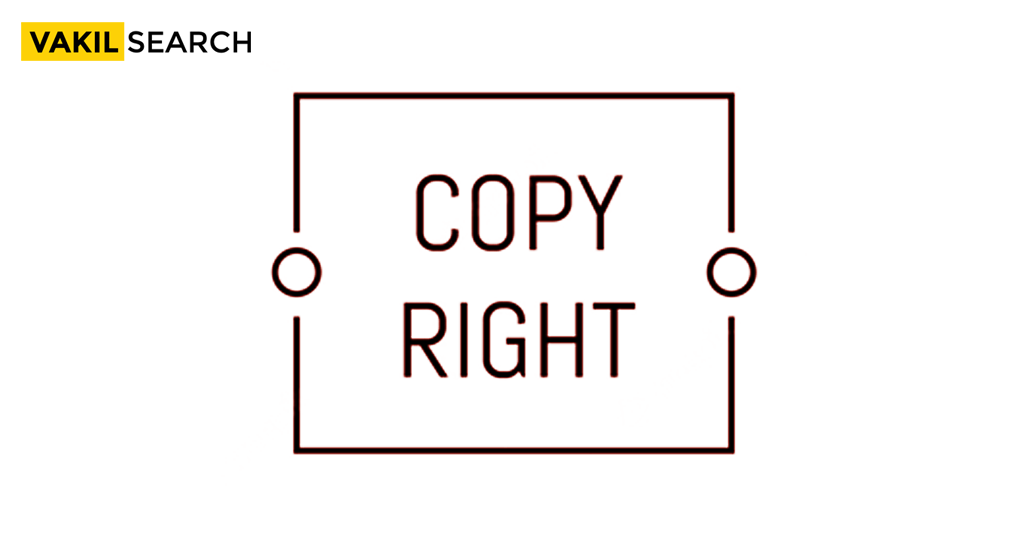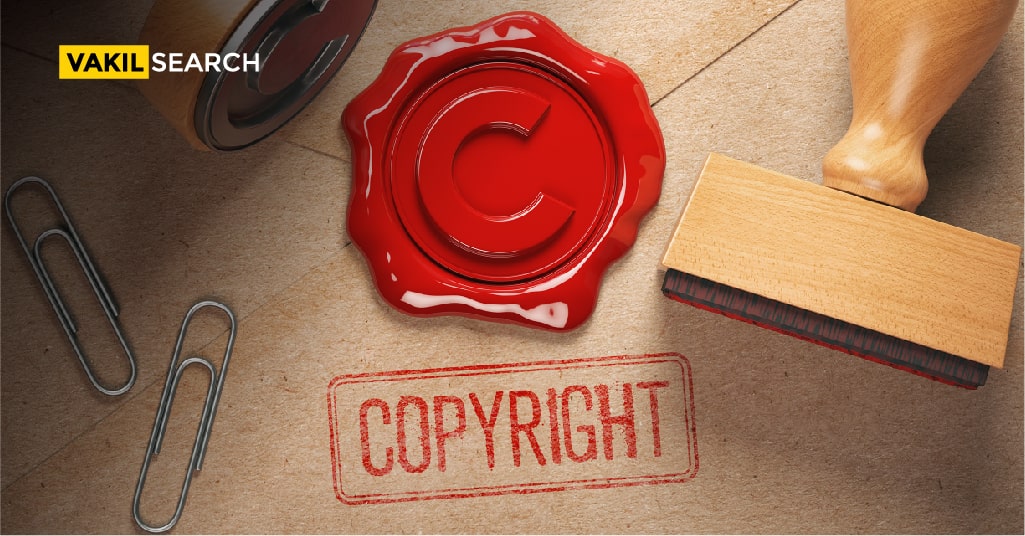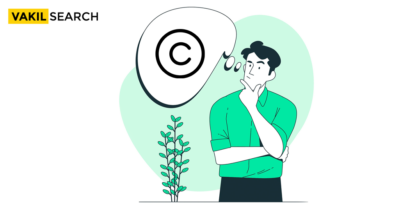There are certain types of content that are not eligible for copyright protection. In general, these materials are either protected by any intellectual property or are deemed unsuitable for protection. Read this article to learn about the things that are not protected under copyright.
Introduction – Things That are Not Protected Under Copyright
Copyright is a type of intellectual property protection granted by Indian law to creators of original works of authorship such as literary works, dramatic, musical, and artistic works, cinematographic films, and sound recordings. The law of copyright protects expressions of ideas rather than ideas themselves. Copyright protection is granted to literary, dramatic, musical, artistic, cinematograph films, and sound recordings under Section 13 of the Copyright Act 1957. Books and computer programmes, for example, are protected as literary works under the Act. In this article we’ll learn about the things that are not protected under copyright.
The term “Original” simply signifies that the author has created the work with his own mind and intellectual effort, as opposed to duplicating existing work. If the conditions of the copyright law in India are satisfied, copyright protection may extend to a description or explanation. Even yet, there is always an opportunity for ambiguity, interpretation, and ongoing disagreements over what is and is not protected by the law of copyright.
Things That are Not Protected Under Copyright
Some might want to use or incorporate another person’s work into their own. Some might want to use or incorporate another person’s work into their own. They may be protected by copyright. After a certain period, even the works which qualify for copyright protection become the public domain. Let us see the things that are not protected by copyright :
Facts
Facts are not protected under Performance Rights in Copyright Law. You can use them in your online work without fear of liability. Badminton scores, birth dates, phone numbers and the number of protesters are all examples of noncopyrightable facts. For example, a sports almanack may creatively arrange badminton scores. A cookbook may creatively arrange ingredients as part of its recipes, or a a genealogy chart may creatively arrange birth dates. In each of those cases, the creator of the work would have their own creative arrangement of the facts.
Information that is widely known
Items in this category are considered common property and have no known authorship. Standard calendars, height and weight charts, phone directories, tape measures and rulers, and lists or tables taken from public documents are all examples. A phrase like “The sky is blue” also falls into this category because no known authorship is associated with it.
Choreographic pieces
Unless it has been videotaped or notated, a choreographic work, whether original or not, is not protected by copyright. The same holds true for speeches that have not been transcribed before or after they are delivered and other types of performances.
Works that have not been permanently stored in a physical form of expression
“Original works of authorship” that are “fixed in a tangible medium of expression” are protected by copyright. As a result, if you attend an impromptu speech that hasn’t been notated or recorded, you can use it in your online work without fear of liability.
Principles, ideas, or concepts
The form in which concepts, ideas and principles are expressed is not protected by copyright. For example, simply having an idea does not entitle you to ownership of the copyright because you have not expressed anything. You become the copyright owner when you put that idea into “expression” through words or other tangible forms. For example, Einstein’s theory of special relativity is not copyrightable because it is an idea. If you come across an idea, then you are free to use it in your online work as long as you do not use it in the form in which it is expressed.
Phrases, words or identified symbols
Copyright law does not protect individual words, short sentences, slogans; well-known symbols; minor variations in typographic or colouring; or simple ingredient or content listings. If a useful article were protected under copyright law, it would be protected against copying like Patent Protection. Because copyrights are much easier to obtain than patents, there would be no way to limit this patent-like monopoly to truly novel and non-obvious inventions.
While copyright protection may not be applicable, keep in mind that trademark law protects specific words, short slogans, phrases, symbols, and designs. Trademark law, for example, protects the word “Apple,” the slogan “Got Milk?” and the Nike swoosh symbol.
Fashion
A shirt, dress, or another article of clothing is not protected by copyright law. Despite the fact that copyright law protects architectural design works and works of the visual arts, fashion is all about clothing and accessories, which are considered “useful articles” under copyright law. However, it is possible to copyright a specific fabric pattern but not the actual dress.
Publicly available works
Any work in the public domain may be used without the copyright holder’s permission. A work entered the public domain when the e-copyright owner failed to take the necessary steps under law. A copyright holder can also dedicate a work to the public domain. This is done by using language like “Everything on this site to which we own copyright is now released into the public domain”.
Determining whether a particular work is in the public domain is difficult, and the answer frequently depends on when the work was published. However, there are some general guidelines that will assist you in this analysis:
- To begin, any work published prior to 1923 is in the public domain.
- Secondly, any work published without a copyright notice between 1977 and 1923 is in the public domain.
- Third, the works created after 1989 are generally not in the public domain, regardless of the notice of registration, unless and until the work has been handed over to the public domain.
Conclusion
Determining the extent to which materials are copyright protected can assist you in reducing the risk of infringement by well-meaning employees. The details of the writing should include a link to the Copyright Basics video from Copyright Clearance Center to help employees get up to speed quickly. One of the primary reasons for prohibiting copyright protection in useful articles is to prevent patent-like protection from being granted through copyright laws.
Read more,










